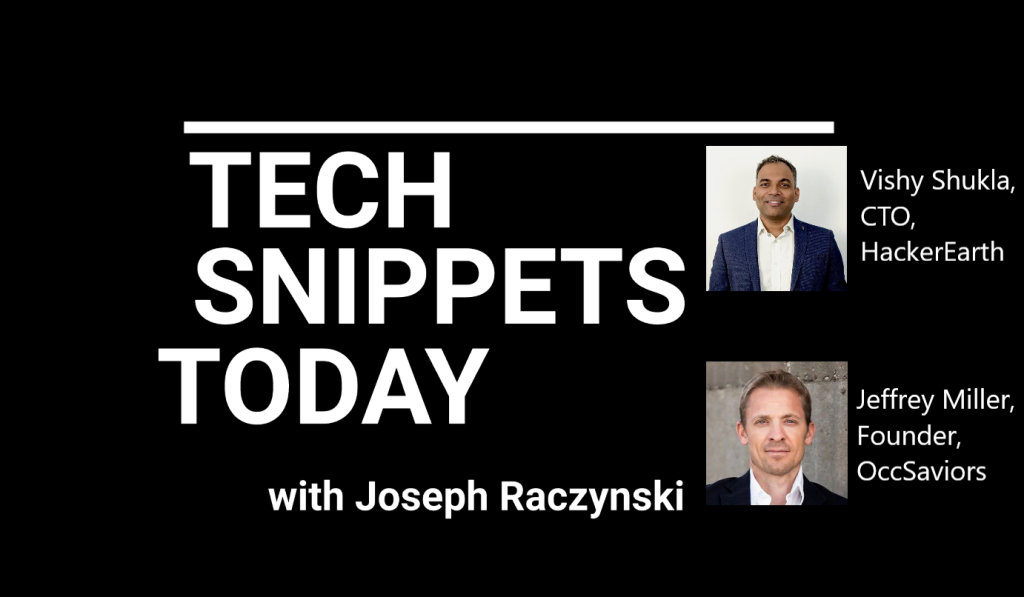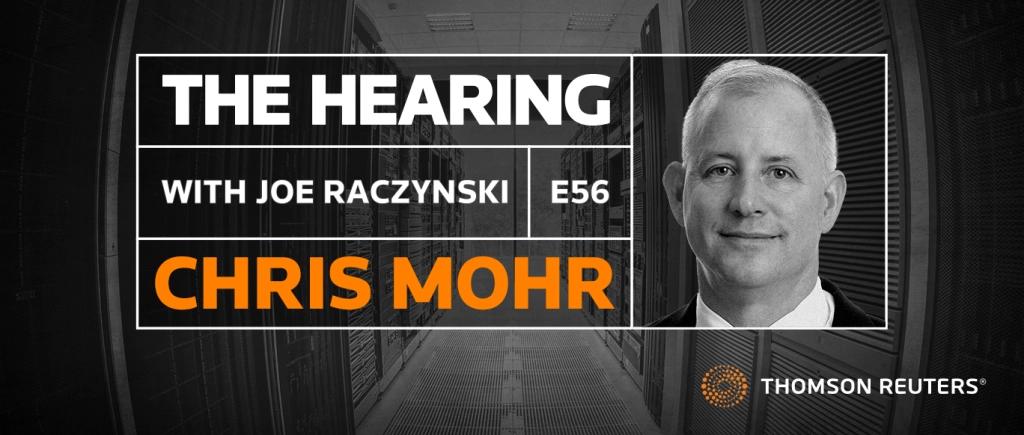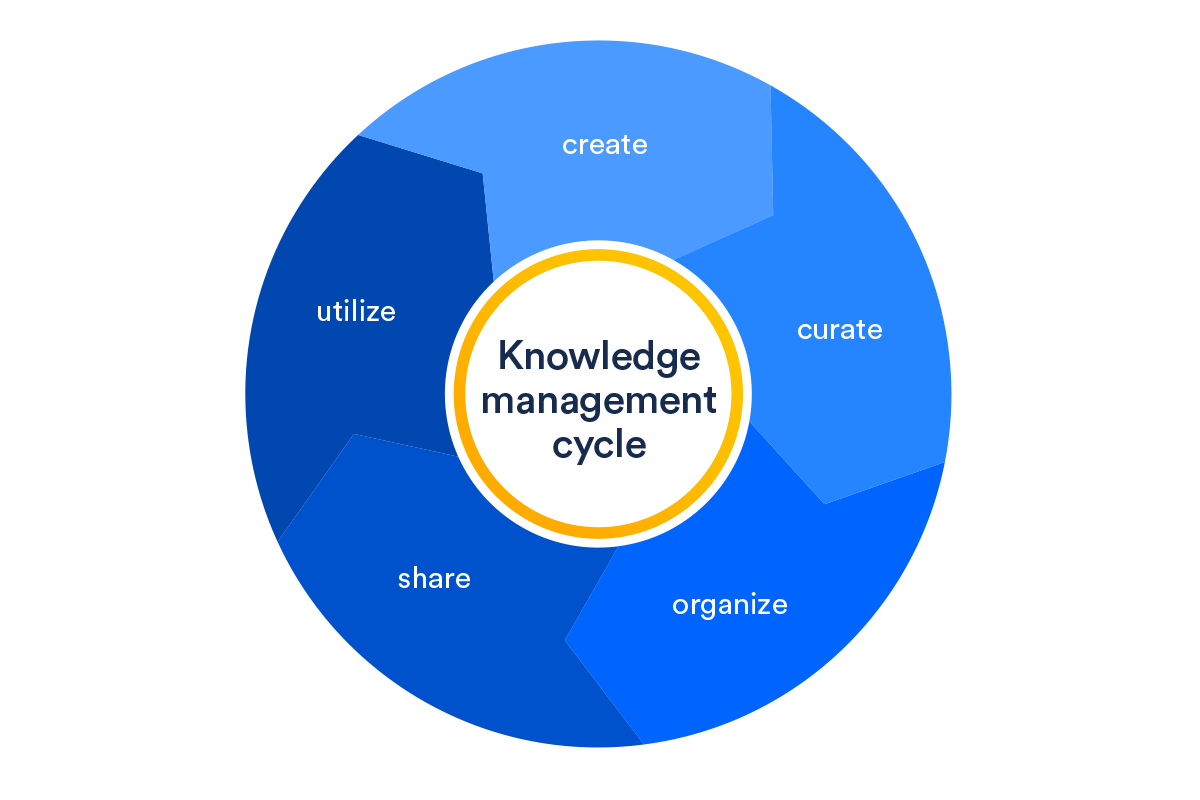Category: Technology
-

A Futurist’s View: US Likely to Lose in the Battle Over AI, Robotics, & Eventually Quantum Computing
The United States is in a sticky wicket. Unfortunately, the US is rapidly losing its grip as leader on many fronts compared to our peers around the world in technology and infrastructure. I have witnessed it firsthand while traveling in Asia, Europe, and across the Americas. Now the data is starting to bear this out.…
-

Tech Snippets Today – HackerEarth – Vishy Shukla – CTO; OccSaviors – Jeffrey Miller – Founder, with Joseph Raczynski
Web3 is rapidly deploying globally. There are those that are building, and those that are harnessing the skills to build. One can birth the other. In today’s discussion, I speak with Vishwastam (Vishy) Shukla, Chief Technology Officer at HackerEarth, which is a tech hiring platform that helps recruiters and engineering managers effortlessly hire the best…
-

Podcast: The Hearing – Chris Mohr – VP for Intellectual Property and GC at SIIA
This week we talk privacy, piracy, and intellectual property. Before the lockdown, I sat down with Chris Mohr, VP for Intellectual Property and GC at Software and Information Industry Association. Working at the heart of the US federal government in Washington DC, Chris tells us about life as a lobbyist on Capitol Hill and how…
-

Thomson Reuters Innovation Lab at Communitech – Kitchener, Canada
By Joseph Raczynski Visit to the Communitech Innovation Lab near Waterloo Canada to see the Thomson Reuters Innovation Lab. In addition, a group of customers and TR employees went through a Design Thinking Workshop. Other companies at the location include; Google, GM, TD Bank, Canon, Deloitte, Fairfax Financial, Manulife. Special thanks to Brian Zubert for all…
-

ILTACON 2016: Re-Imagining Legal Technology for the 21st Century
So reverberated the words of Mike Walsh a Futurist/CEO of Tomorrow, across an audience of more than 3,000 legal professionals at ILTACON 2016, a four-day conference that centers on the intersection of technology and the legal industry.
-

Law Firm of the Future – The Trinity of Forces: Infinite Processing Power, Memory, and Machine Learning
By Joseph Raczynski In ten years, it is predicted that 40% of the Fortune 500 companies will no longer exist1. This forecast originally cited in Fast Company is from a Babson Olin School of Business study. This notion is nearly incomprehensible, but may have a significant impact on the legal business. Why is this happening…
-

The World of Advanced Endpoint Security
By Joseph Raczynski Surprisingly the vendors in cybersecurity differ on their approaches to protecting your law firm. At the ILTA LegalSEC Summit 2015 in Baltimore, MD they had a panel discussion on how each vendor tackles the ever bounding threats. For background when this post refers to endpoint security I am describing securing the user at…
-

Stanford, Sights Set on Legal: Part 1 – Fidelity Investments Estate Planning
By Joseph Raczynski The Legal Lessons Learned from Stanford Series Stanford University is fully embracing the legal industry, a historically cautious mover, as a focal point of its innovative solutions. The industry is primed to evolve through more transformative processes by pairing inventive thought and applied technological advancement to solve niche legal process issues. Recently…
-

Google Glass – Thoughts on Glass: Privacy, Security and Its Future
By Joseph Raczynski This is part two in a series of video’s surrounding Google Glass. This is the Privacy, Security and future of Google Glass. In this video we get to see the complete Google Glass. Take a look at the Google Glass Explorer program. Glass Series Includes: 1) Glass Unboxing 2) Thoughts on Glass:…
-

Enterprise Content Management: Integrating KM, RM and DM
By Joseph Raczynski Massive collections of information are inundating law firms. With multiple points of integration, interfaces, and varying disciplines this further muddies the waters. This session at ILTA answered questions relating the issues of organizing and managing content across all firm repositories to reduce silos, improve data quality, facilitate KM and ensure full and…
-

Portal Trends at Law Firms
By Joseph Raczynski Significant trends are finally emerging in portal usage by the Am Law 100. After years of vacillating about platforms, purpose, and its promise many firms have bought into the reality that portal is for real. Based on legal conferences and consultations with C-level officers over the last several months, the following themes…


